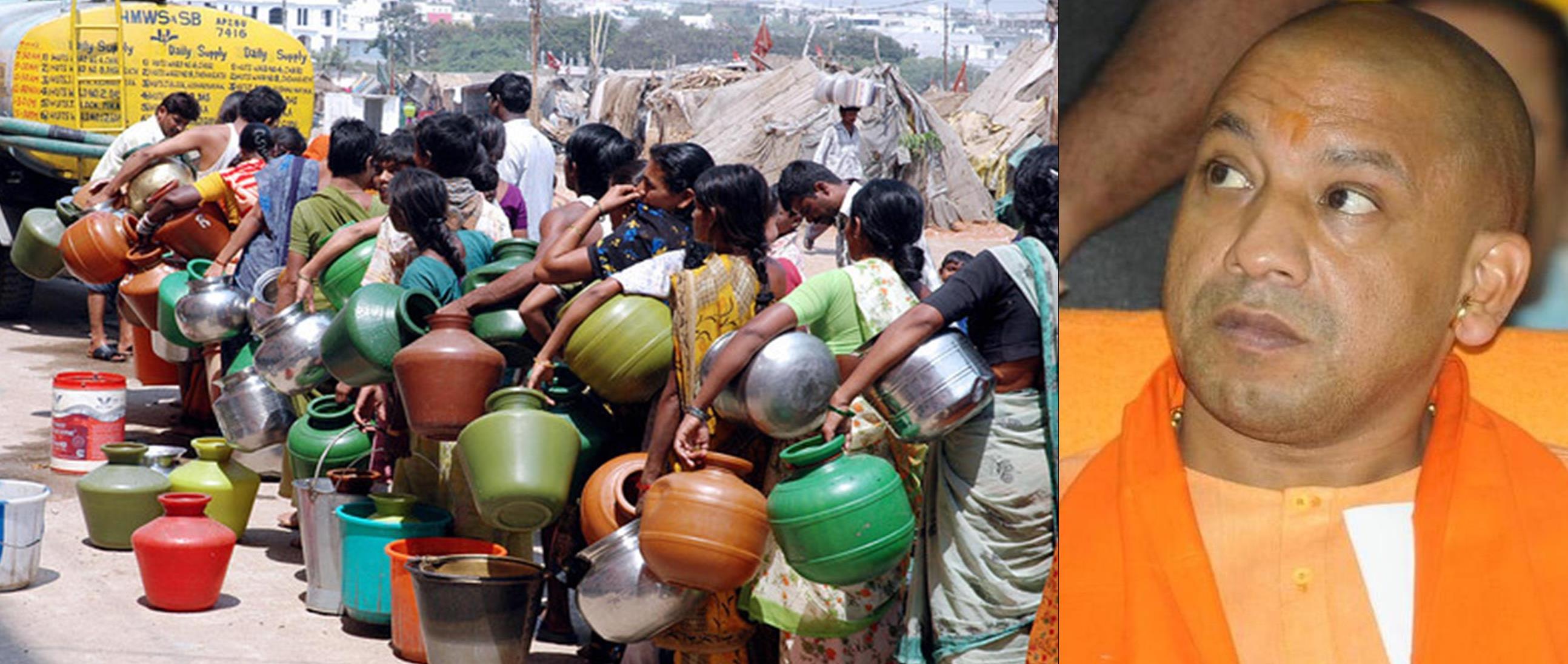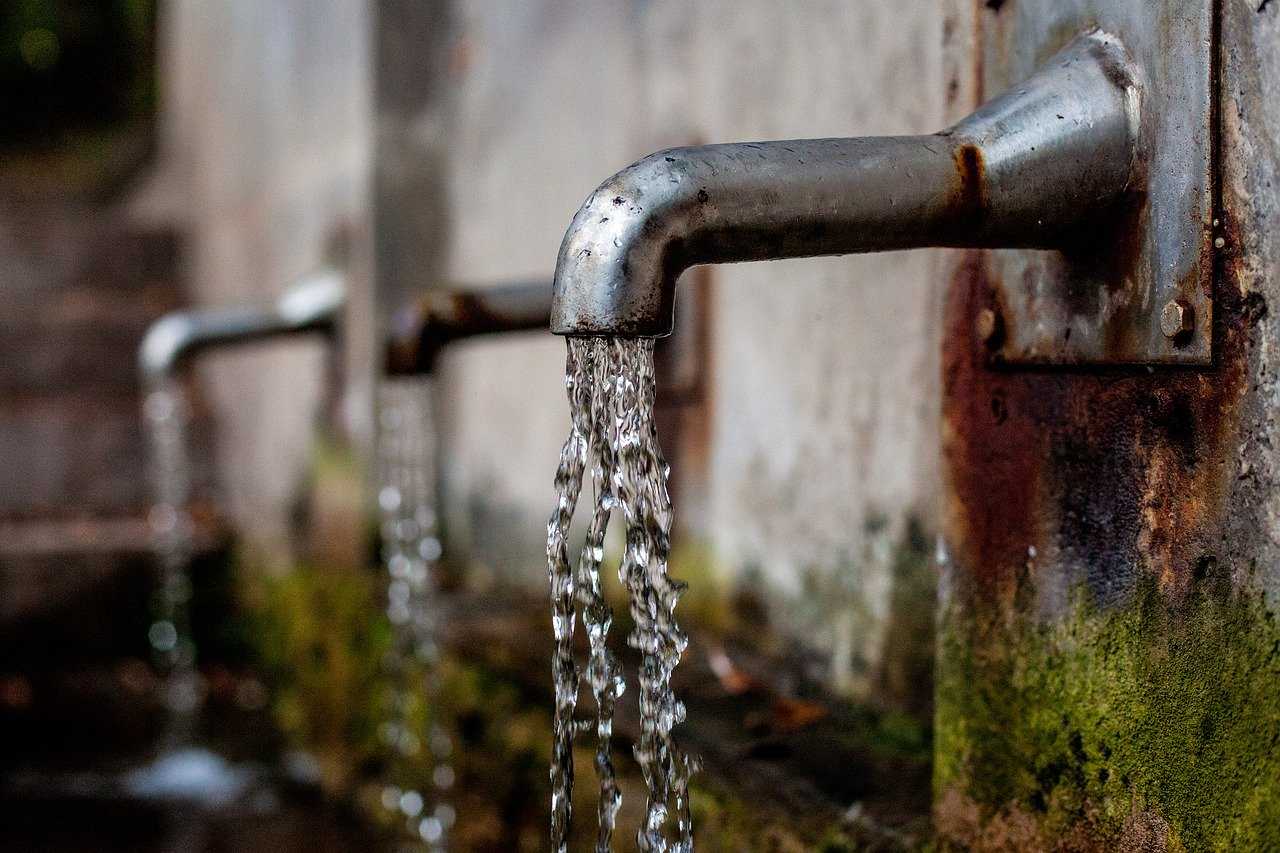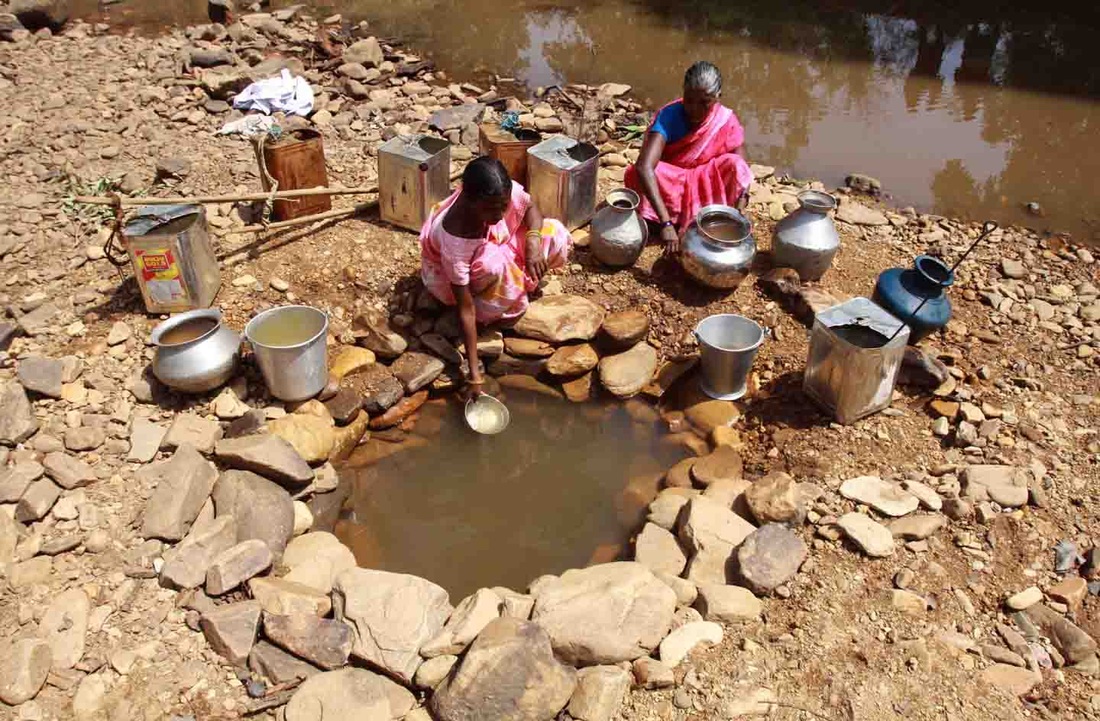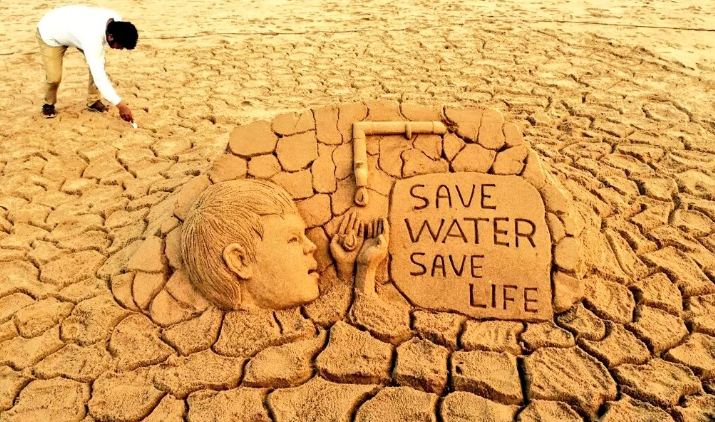Water crisis is going to be a major concern both in urban and rural centers across the nation, amidst these circumstances can the joint efforts of the authorities and the local inhabitants prove to be an effective solution, let’s explore…
Dr. Ruchi Shree is Assistant Professor, Department of Political Science, Janki Devi Memorial College, University of Delhi.
Gorakhpur is a major city in eastern U.P. and is in much limelight since the five-time BJP MP Yogi Adityanath was appointed the CM of the stats this year in March.
Spending fifteen days there in this summer was a learning experience for me as a researcher on water issues. It was a first-hand experience of the water crisis looming large in that area and how it is gradually changing the water culture in numerous ways. I have been going to Gorakhpur for the last five years and there is a visible decline in the availability of water in the city. I started taking cognizance of the major changes in these years and noted some remarkable ones.
In the recent past, there is an immense rise in the sale of bottled drinking water. A gallon of 20 liters RO water costs 40 rupees and people are buying it for drinking and cooking food. For a family of four to five members one to one and half bottle is a must per day and it costs them not less than 1500 rupees a month. Many families with an income of less than 10,000 and thus find it very difficult to afford this. But at the same time due to the pollution of groundwater and people facing health problems are compelled to look for clean water for drinking. As a result, the business of bottled water is flourishing and many young unemployed boys are getting into this business. The cost of investment is much lower than the profit they are earning by selling water. Bottled water industry has emerged as one of the most thriving businesses all over the country. While only a few years back the supply of bottled drinking water was used in parties, institutions viz. banks, schools, etc. but now the demand has gone up manifold for everyday household needs.
The bottled water industry has three more dimensions, namely transportation of water, packaging of water and the ever-growing hazardous plastic waste. But not going into the details of them, I would now move on to my next observation. Amid the acute scarcity of water in that area, it is ironic that there is a water park running successfully in Gorakhpur.
The Nir Nikunj Water and Amusement Park is pride of the city. Its sub-title is ‘a world full of fun, delight and thunder’. It charges 700 rupees per individual and 425 rupees per child for enjoying the different rides and swimming experience for four hours. In summer, this amusement park is considered to be a perfect place for picnic and outings.
Around two kilometers away from the main city, near the Gulharia Thana area, high rise buildings are coming up in full swing. Many of them are multistoried apartments and others are industrial and institutional set ups. This area could be called peri-urban in one sense but actually it is a village named Vangai which is in transition. The drive of urbanization is soon going to make it part of the city. I got to know from the local residents that the excessive use of groundwater for construction led to no water in the hand pumps for the residents of Vangai and other nearby areas. The residents complained about it to the Nagar Nigam and this led to an enquiry by the officials. As a result, the company involved with the construction installed water pumps in affected houses so that the case does not go further to the higher authorities or the court.
Twenty to twenty-five years back, the water level in that area was merely 25 to 30 feet below the ground and now it is difficult to get water even at 130 feet. Everyone is not capable of installing a motor pump and the old hand pumps are increasingly becoming useless with such rapid decline in the water level. Many people are also dependent on the water supply by the municipality which comes for merely an hour in the morning and in an hour in the evening. The water supply by the municipality is not so regular.
The annual average rainfall of the city is 119.2 cms. In the last one decade the pattern of rainfall has been erratic. The analysis of the existing trend of rainfall indicates that the quantity of rainfall has increased in last few years, but the number of days of rainfall has gone down drastically. From the observation of past data of rainfall, it can be gathered that there is likely to be high uncertainty in the rainfall pattern in the near future. The data of meteorological department also suggests a rise in the average highest temperature and decline in the minimum temperature of the city.
Some NGOs such as Gorakhpur Environmental Action Group (GEAG) and a few others are working on issues like flood and climate change. GEAG is working for more than four decades and its research and advocacy based work is now recognized internationally. A popular Hindi daily newspaper Dainik Jagran has initiated a campaign Talash Talabon ki to revive the ponds, one of the most viable traditional methods of water harvesting at the village level. They are promoting the involvement of the community for the conservation of water. Such community participation and awareness also needs to be intensified at the urban level.
The New Leam has no external source of funding. For retaining its uniqueness, its high quality, its distinctive philosophy we wish to reduce the degree of dependence on corporate funding. We believe that if individuals like you come forward and SUPPORT THIS ENDEAVOR can make the magazine self-reliant in a very innovative way.












